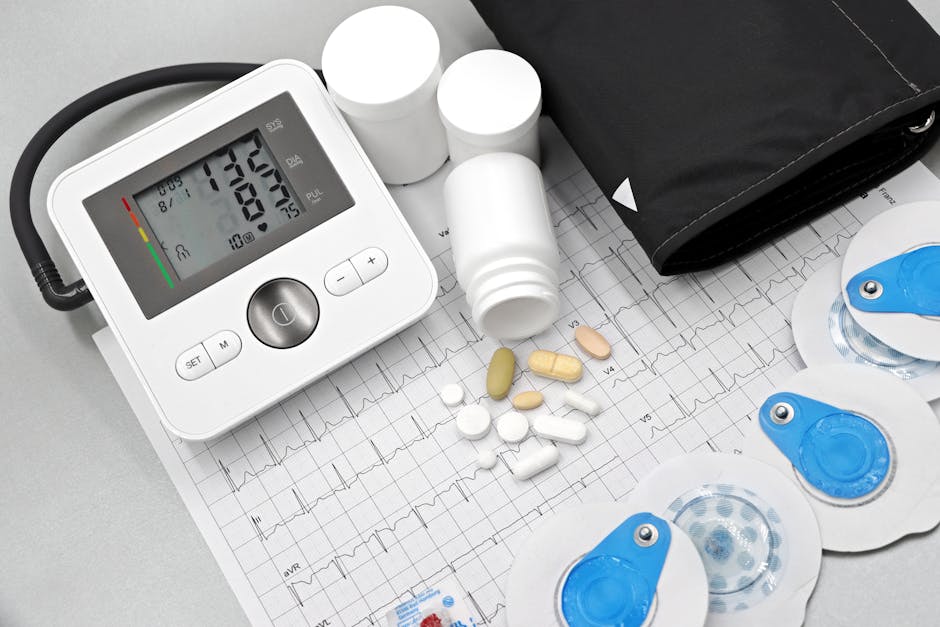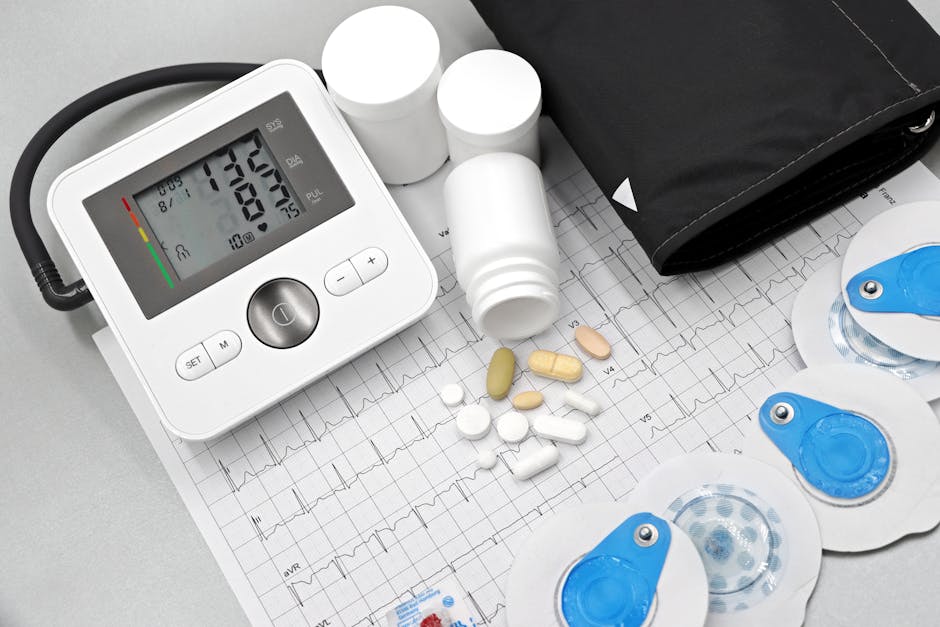What Is a Prostate Exam? A Comprehensive Guide for Men
The prostate gland, a walnut-sized organ located below the bladder in men, plays a crucial role in reproduction. As men age, the risk of prostate problems increases, making regular prostate exams an important part of preventative healthcare. This comprehensive guide will delve into what a prostate exam entails, why it’s important, what to expect, and when you should schedule one.
Understanding the Prostate Gland
Before we discuss the exam itself, it’s important to understand the function and potential issues associated with the prostate. The prostate produces fluid that nourishes and protects sperm. While generally benign, the prostate can be affected by several conditions, the most common being benign prostatic hyperplasia (BPH) and prostate cancer.
Benign Prostatic Hyperplasia (BPH)
BPH, or an enlarged prostate, is a common condition affecting many men as they age. It occurs when the prostate gland grows larger, often putting pressure on the urethra, the tube that carries urine from the bladder. Symptoms can include frequent urination, difficulty starting urination, weak urine stream, and nighttime urination.
Prostate Cancer
Prostate cancer is a serious condition, but early detection significantly improves treatment outcomes and survival rates. While many factors contribute to prostate cancer risk, age is a significant one. Risk increases dramatically after the age of 50. Family history, race (African American men are at higher risk), and genetics also play a role.

Types of Prostate Exams
There are two main types of prostate exams: the digital rectal exam (DRE) and the prostate-specific antigen (PSA) test. These exams are often used together to provide a comprehensive assessment of prostate health.
Digital Rectal Exam (DRE)
A DRE is a physical examination where a doctor inserts a gloved, lubricated finger into the rectum to feel the prostate gland. This allows the doctor to assess the size, shape, and consistency of the prostate, checking for any abnormalities such as lumps or hard areas. While the procedure may feel uncomfortable for some, it’s generally quick and painless.

What to Expect During a DRE
Before the exam, you’ll be asked to undress from the waist down and lie on your side or bend over. The doctor will insert a lubricated finger into your rectum, gently palpating the prostate. The entire procedure typically takes only a few minutes. If any abnormalities are detected, further testing may be recommended.
Prostate-Specific Antigen (PSA) Test
The PSA test measures the level of prostate-specific antigen in the blood. PSA is a protein produced by the prostate gland. Elevated PSA levels can indicate prostate cancer or other prostate problems, but it’s important to note that elevated PSA levels don’t always mean cancer. Other factors, such as BPH and prostatitis (prostate inflammation), can also raise PSA levels.
Interpreting PSA Results
PSA levels are usually expressed as nanograms per milliliter (ng/mL). The normal range varies depending on the lab and individual factors, but generally, a PSA level below 4 ng/mL is considered normal. However, a higher PSA level warrants further investigation, which might include a DRE and possibly a prostate biopsy.
When Should You Get a Prostate Exam?
The frequency of prostate exams depends on several factors, including age, family history, and risk factors. The American Cancer Society and other health organizations recommend the following:
- Men aged 50-55 with an average risk: Discuss prostate cancer screening with your doctor. This may involve a DRE and/or a PSA test.
- Men aged 45-50 with a family history of prostate cancer or other risk factors: Discuss earlier screening with your doctor.
- Men aged 40-45 with a strong family history or multiple family members with prostate cancer: Early screening may be advisable.
It’s crucial to remember that these are guidelines, and your doctor will recommend a screening schedule tailored to your individual circumstances and risk profile.
Risks and Side Effects
While prostate exams are generally safe, there are potential risks and side effects associated with both DRE and PSA tests. A DRE may cause slight discomfort or bleeding, but this is usually temporary and minor. The PSA test is a simple blood test, with minimal risk of side effects.
Beyond the Exam: Prostate Health
Regular prostate exams are an important part of maintaining prostate health, but it’s equally crucial to adopt a healthy lifestyle. A balanced diet, regular exercise, and maintaining a healthy weight can contribute to overall health, potentially reducing the risk of prostate problems. Quitting smoking is also highly recommended, as it’s linked to an increased risk of prostate cancer.

Conclusion
Regular prostate exams, including a DRE and PSA test, are crucial for early detection and treatment of potential prostate issues. While these exams may cause some discomfort, the benefits of early detection far outweigh the risks. Talk to your doctor about when and how often you should have a prostate exam to ensure you’re taking proactive steps to safeguard your prostate health.

